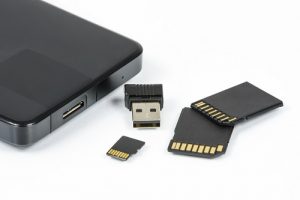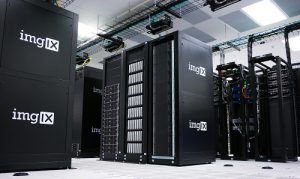In its latest blog, Hard Drive Recovery Group discusses a new EU funded project that creates tools to promote privacy and personal data protection.
A suite of three tools were created to help citizens monitor and control their privacy, one for smartphones, one for mobile apps installed on their Android phones and tablets, and a third tool which provides a general overview of Internet data privacy. The project was crowdfunded, and enables the kind of privacy knowledge few other apps have attempted.
"Data privacy is one of those subjects that is rarely discussed in mainstream media in general, and the layman typically knows very little about how his or her data is being used," said Maureen Davies, spokesperson for Hard Drive Recovery Group. "Tools like those of Privacy Flag are a great start, but the main fact that most users need to understand is that their data is worth protecting at all costs, and that it is frequently the sources they trust the most that are the most suspect in their treatment of personal data."
Recent scandals at Facebook and Yahoo have pointed to an Internet in which large corporations profit heavily off of personal consumer data, and then face very little scrutiny or regulation when that same data is breached by hackers.
Social media sites have long used personal data to target ads, while keeping their key social services free of charge. Only now are regular citizens beginning to see the danger in this.
"When it comes to social media, most folks are just not informed about the fact that services like Facebook are in effect a trojan horse," said Davies. "You provide them with your personal data, and then you use their service. The problem is that the longer you stay on their site, the more they compile, and it may be a lot more than you think if you also link the apps to your smartphone."
In the post entitled, "Here’s How You Can Transfer Data From One Phone To Another", Hard Drive Recovery Group talks about the process of transferring data from an older smartphone to a new one, a task that few people really think about until they have a new phone.
The data transfer process was once an arduous one, as smartphones were still in their fledgling stages. But, as Google Android and Mac OS have become the smartphone operating systems of choice pretty much across the board, standardization has begun to take hold. This has made the transfer process a lot easier than it has been.
"One of the bonuses of Android phones early on has to be their Google account integration, which ensures that unless you deliberately select against the policies, much of your personal data is backed up somewhat automatically," said Davies. "Sadly, this does come at the expense of a lot of data privacy, but on the other hand it is actually hugely helpful when a phone is lost or needs to have data migrated."
The post also references the process of moving from an Android phone to a iPhone and taking your data along. Both processes are broken down in simple language, and are extremely easy to follow. Creating smartphone backups on hard drives can help as well.
"Like any piece of technology entering its second decade of use, smartphones are becoming easier to use in general," said Davies. "It only seems natural that smartphone manufacturers would want data to be able to be transferred easily, as this undoubtedly spurs hardware upgrades. Whereas even five years ago you had people resisting upgrades because of overall hassle, nowadays the process is so simple that it's not even a concern for most."
In order to promote privacy in general, Hard Drive Recovery Group recommends to users to use private windows while browsing, an ad blocker app and to limit web use while on a smart phone. These tools are simple, but can make a huge dent in the battle against what experts are calling, "Big Data".
from Hard Drive Recovery Group






